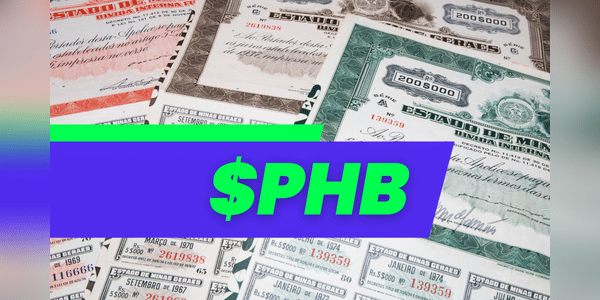PHB ETF analysis: juicy yield and high risk. Is it worth it?
High-yield bonds are a favourite prey of many investors. But it's not always a good time for them. Is that the case here? That's what we'll look at in today's analysis.

If you're looking for a high-yield investment opportunity, ETFs like this may be an attractive option for you. In today's article, we look at the Invesco Fundamental High Yield Corporate Bond Portfolio ETF $PHB, a fund focused on bonds issued by lower-rated companies. We analyze its returns, management costs and the risks associated with investing in this fund
Basic introduction
The PHB ETF(Invesco Fundamental High Yield Corporate Bond ETF) is an exchange-traded fund that focuses on investing in high-yield bonds issued by companies. This ETF is managed by Invesco and is designed to provide high yield investment and diversification to a bond portfolio.
An analysis of the PHB ETF shows that it is a high yield fund, but it also carries more risk than other bond funds. The fund focuses on bonds issued by…